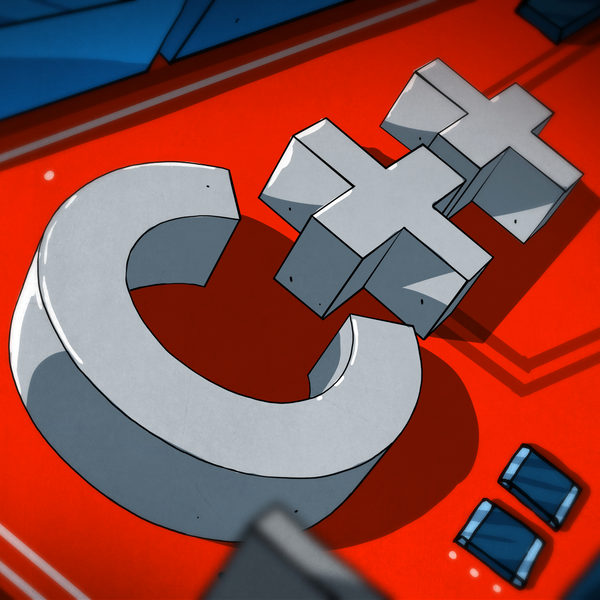Feeling nostalgic? Weren’t around in the 90s but wonder what it was like? ProtoWeb has you covered! Over on his YouTube channel [RetroTech Chris] shows you how to browse the web like it’s 1995.
The service that [RetroTech Chris] introduces is on the web over here: protoweb.org. The way it works is that you configure your browser to use the service’s proxy server, then the service will be able to intercept your browsing activity and serve you old content from its cache. Also, for some supported sites, you will see present-day content but presented in the format you would have seen in the 90s. Once you have configured your browser to use the ProtoWeb proxy you can navigate to http://www.inode.com/ where you will find a directory listing of sites which have been archived or emulated within the service.
In his video [RetroTech Chris] actually demos some of the old web browsers running on old hardware, which is a very good recreation of what things were like. If you want the most realistic experience you can even configure ProtoWeb to slow down your network connection to the speed of a 56k dial-up modem. There are some things from the 90s that we miss, but waiting for websites to load isn’t one of them!
We had a look in our own archive to see how far back we here at Hackaday could go, and we found our first post, from September 2004: Radioshack Phone Dialer – Red Box. A red box! Spicy.
Continue reading “ProtoWeb: Browsing The Information Superhighway Like It’s 1995”





![An image of a light grey graphing calculator with a dark grey screen and key surround. The text on the monochrome LCD screen shows "Input: ENEB Result 1: BEEN Confidence 1: 14% [##] Result 2: Good Confidence 2: 12% [#] Press ENTER key..."](https://hackaday.com/wp-content/uploads/2025/07/Hermes-Optimus-TI-84-Plus-Silver-Edition-Neural-Network-YouTube-0-0-52.jpeg?w=600&h=450)













